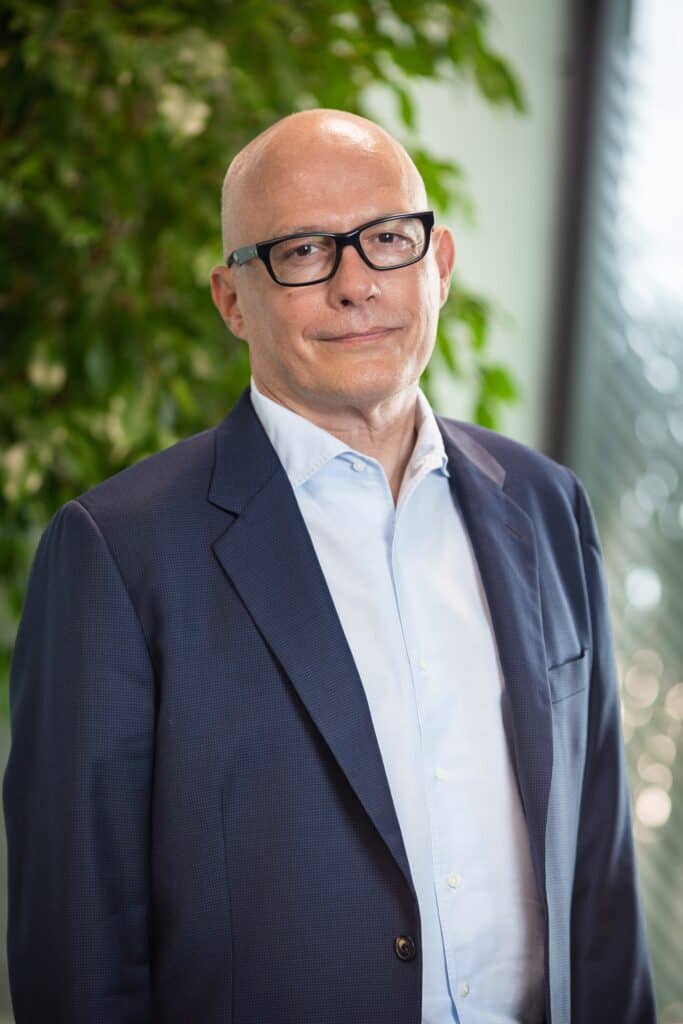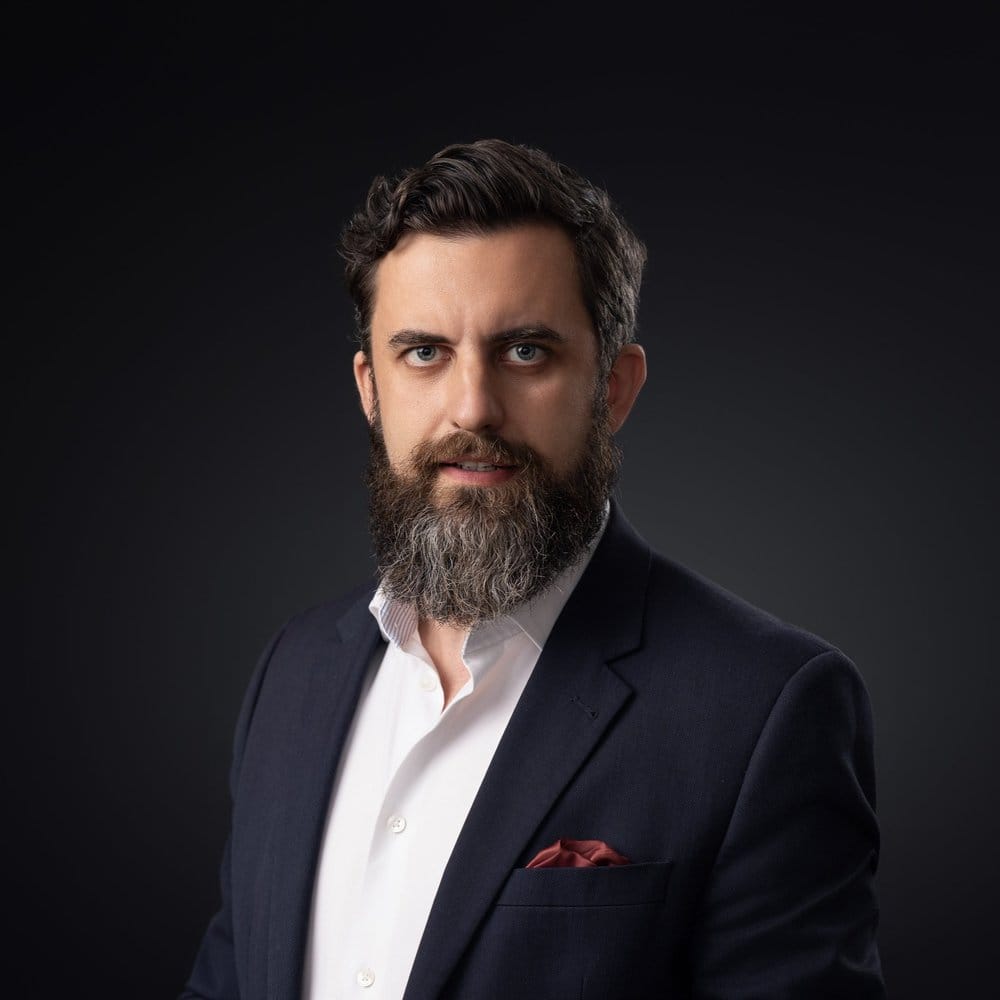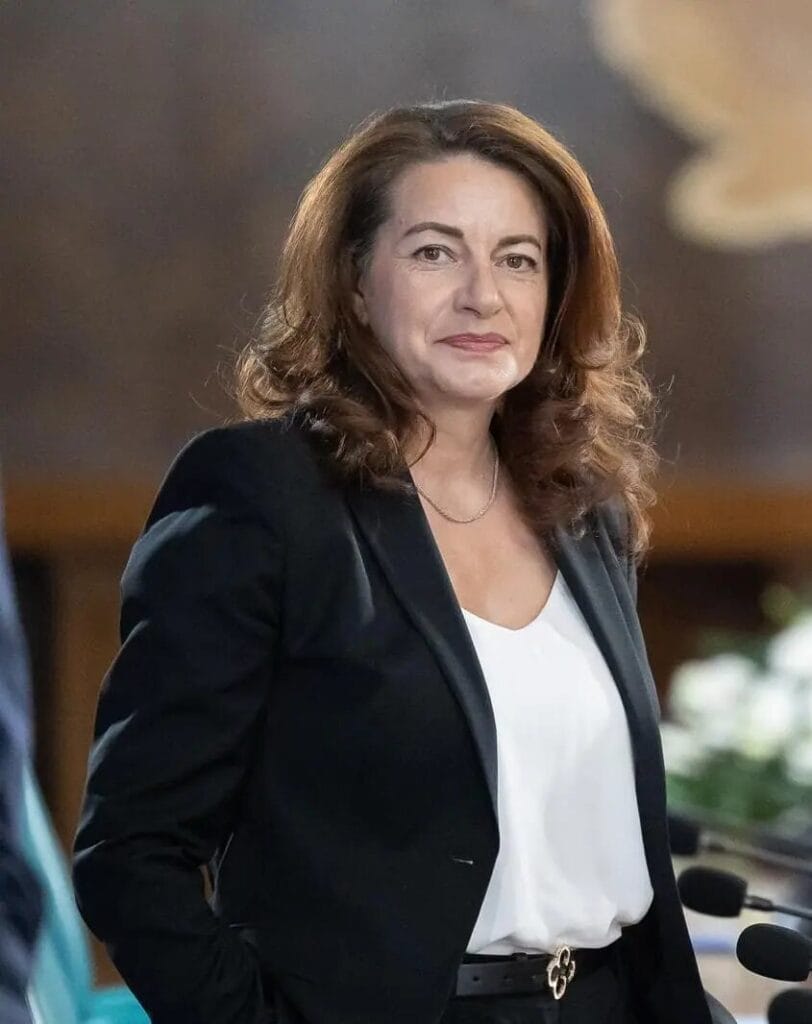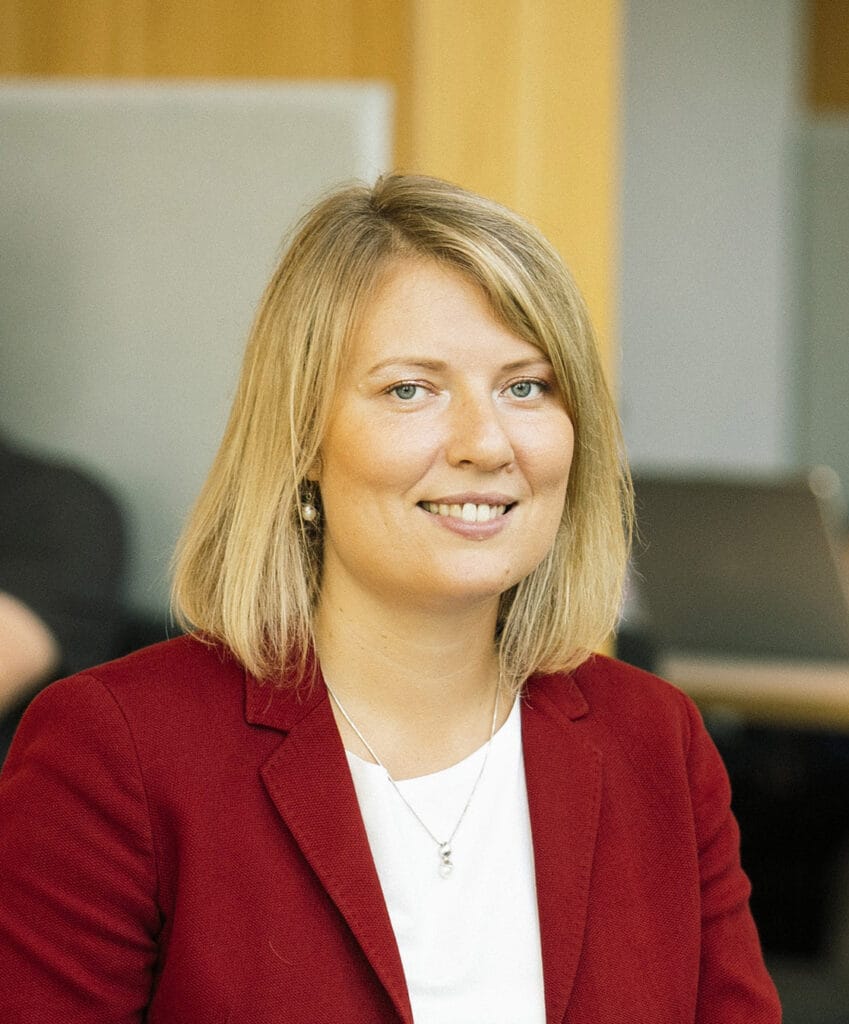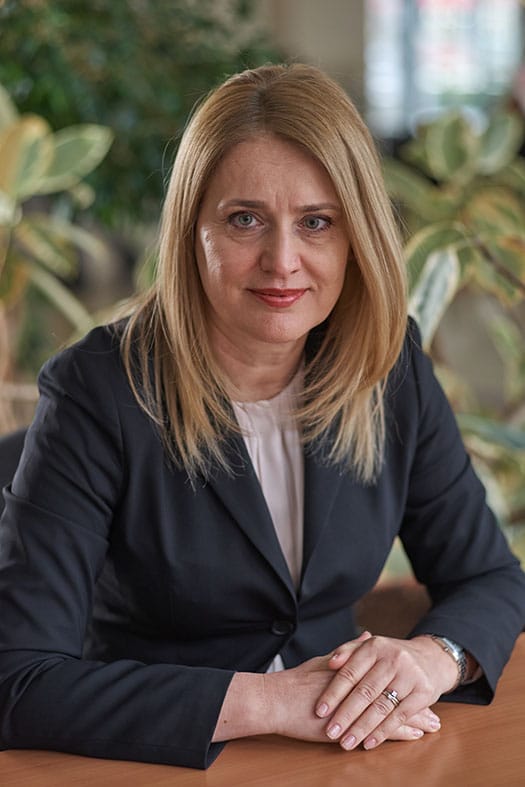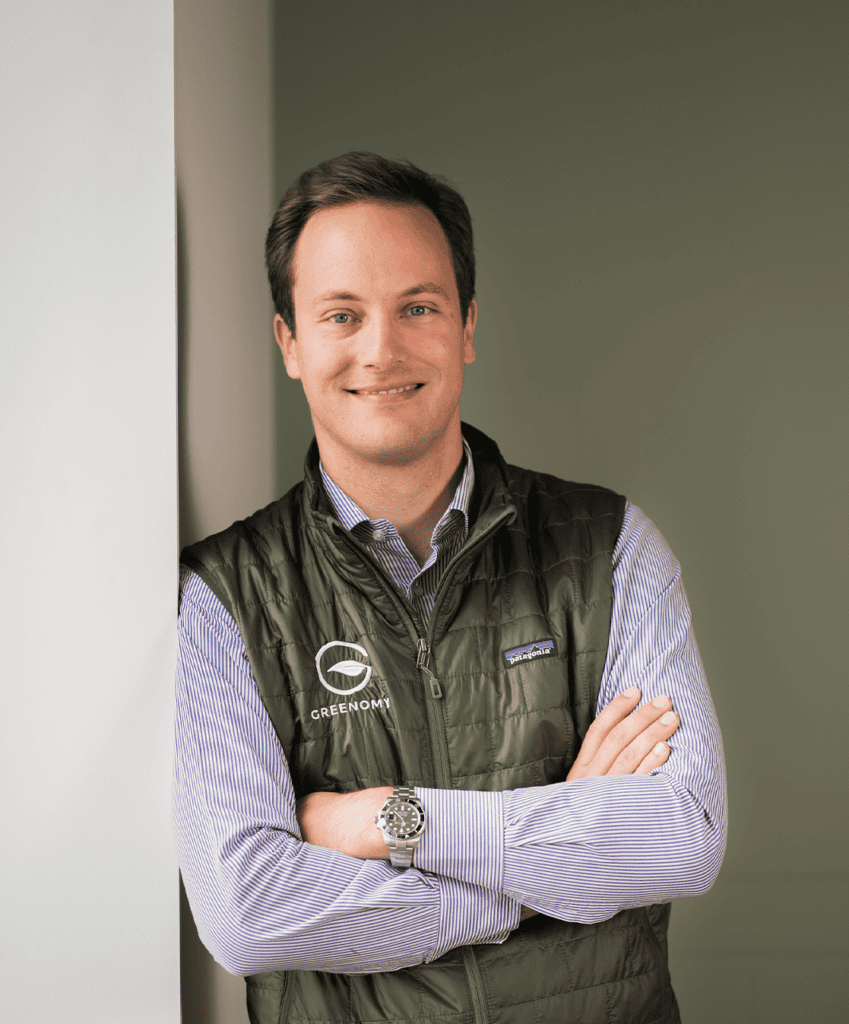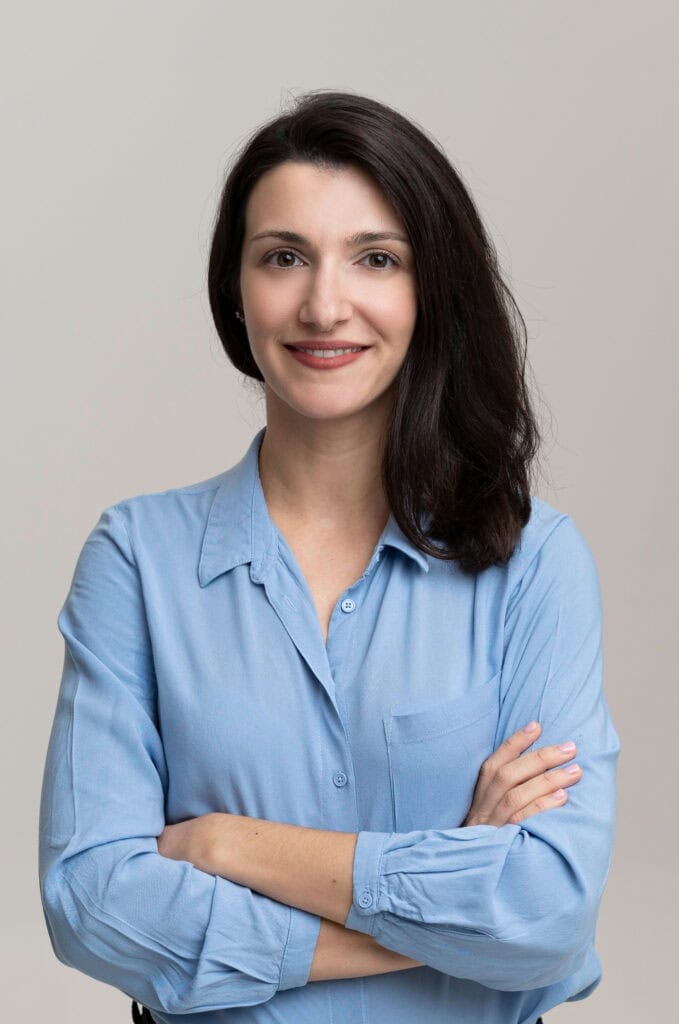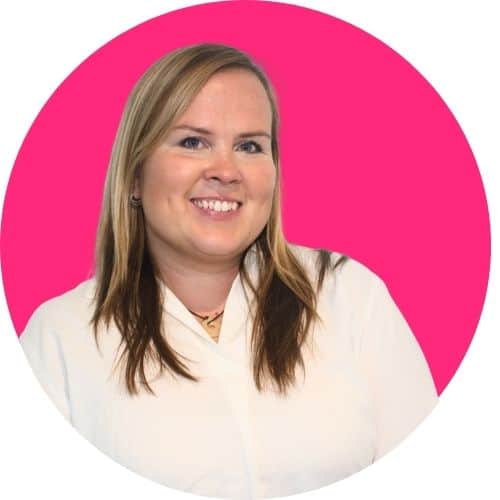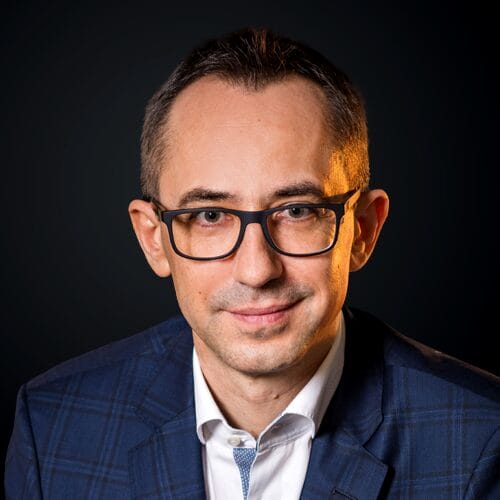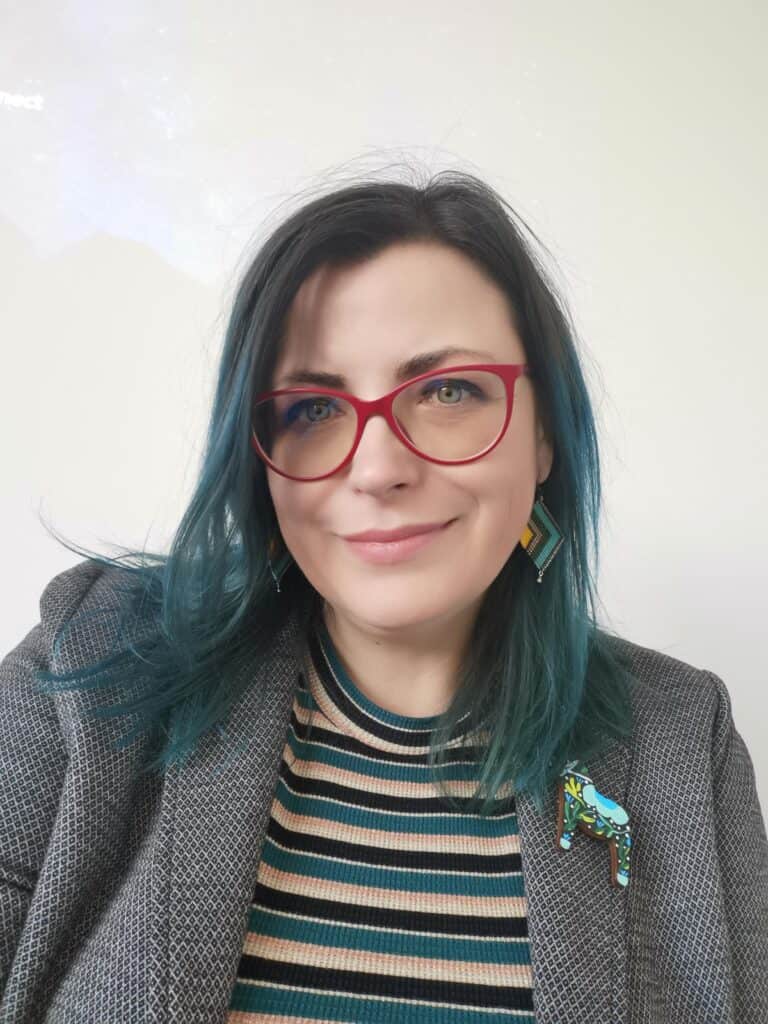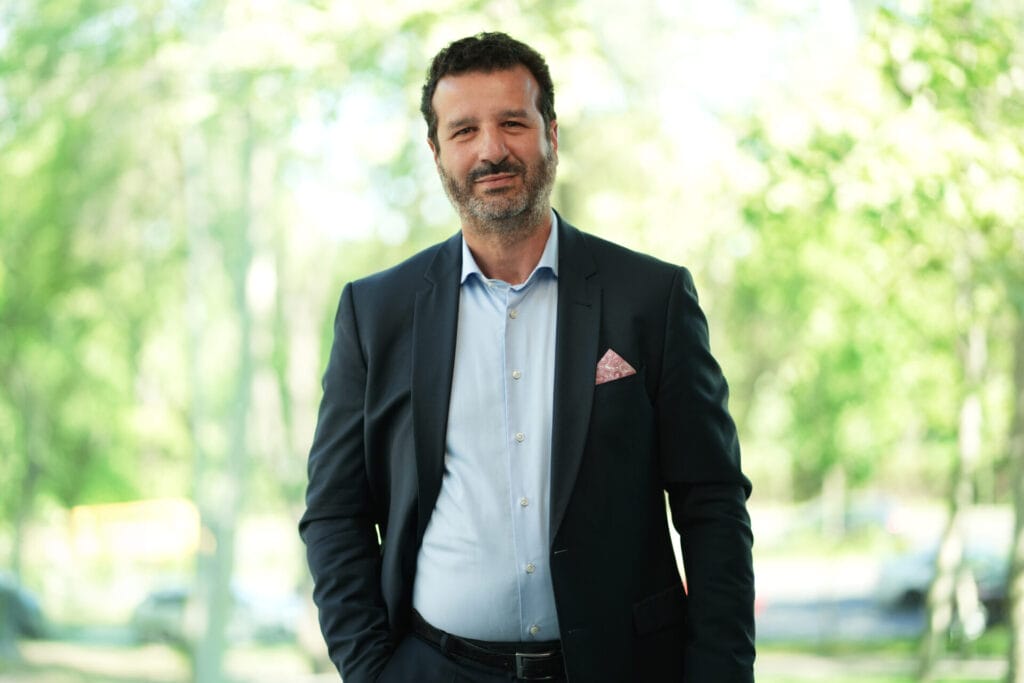Take a look around. Imagine your dream city. Then ask yourself these questions: Is this the city you want to live in? Are there enough green spaces and bike lanes? Have you ever considered leaving urban life behind, moving to the countryside in search of a better and healthier way to live?
Downshifting is described as “moving away from a financially rewarding but stressful career or lifestyle to a less pressured and less highly paid but more fulfilling one”. And one of the ways to do that would be to move to the countryside. Starting in the nineties, this phenomenon has become increasingly popular among people of all ages in Romania. According to a recent study, the first of its kind here, about 10% of them take moving to the countryside into consideration.
As the modern lifestyle reshapes, so does the future of cities, of villages, and overall the future of living. Read the short interview below and find out what Stefanie Weavers, one of the speakers at Climate Change Summit 2023, thinks about urban planning and the constantly shifting possibilities that lie within the borders of modern cities. She is Project Manager at IBA’27 Stuttgart, a ten-year project concerned with making the Stuttgart urban region a livable, sustainable place. Originally from Stuttgart Region, after studying Geography at the University of Tübingen, Stefanie completed a Master’s Degree in Architecture and Environment and has since worked at numerous companies involved in urban development and residential construction.
- Let’s start from scratch. What exactly is urban planning?
At the International Building Exhibition 2027 StadtRegion Stuttgart (IBA’27), we do not understand this as a single discipline. We rather see it as a multi-layered approach on a regional scale. Urban planning is the key to overcoming the division between city and country. It’s not black and white, i.e. city OR country; it’s about intermediate zones and potential spaces in-between. But for the past 100 years, this has not been taken into consideration. On the other hand, such interesting and full-of-potential spaces cannot be developed through classical planning tools, like abstract drawings on the computer, but through new dialogic, participative and process-like formats. We also vouch for putting people at the center.
- What are the biggest issues regarding cities nowadays?
There are currently many problems in cities, depending on their size and on their cultural and geographical background. But these problems cannot be mentioned or solved independently. They are interdependent and therefore, a collaborative solution is needed. Arguably one of the biggest current problems is the housing shortage and the associated high cost of housing, as well as the isolation and anonymity that many people face in the city. Housing is a basic need and should not be dependent on one’s wallet. However, cities are also heat islands and, due to their high degree of sealing and emissions, they also have a major impact on the local effects of climate change. The many private cars and transports also make a large negative contribution to this. But there is also great potential in all these challenges to develop a joint strategy for better and productive cities and to create synergies!
- What would a sustainable city look like?
Inclusive and productive! Cities should be viewed like factories: different uses in a small space that complement each other; logistics and traffic flows that are highly efficient. Alternative forms of housing that focus on more commonality and sharing. Cities were always places in which housing, manufacturing, services, trade and culture coexisted and created synergies. Urban agriculture offers great potential to provide urban residents with local products and to involve local communities in the implementation. For many areas in Europe, this provides an opportunity to reinvent themselves. This new productive mix can transform what are currently bland industrial and purely residential areas into mixed use, vibrant and creative urban neighborhoods. The European Union’s key policy document for sustainable urban development is the New Leipzig Charter. It aims to enable and promote these new forms of mixed-use development.
- Can you give us a few examples of green cities? What measures are taken to maintain responsibility for the environment?
A green city means a more livable city that protects resources and the environment. A great example of this is the so-called sponge city, the current model of the future in urban planning, which above all offers protection against flooding after large rain events. The effects of such heavy rainfall are particularly severe in highly sealed cities. Sponge city means modern rainwater management that allows water to be absorbed and stored via large landscaped (green) areas and then released again after a time delay without being discharged into the sewage system. This closes the cycle. Absolute pioneers here are the cities of Copenhagen, Amsterdam and Zurich – the latter especially with regard to an intelligent heat reduction strategy. Turning a city into a green city again requires a joint strategy and bundling of existing potential, to which each of us can contribute.
- These days, more and more people, especially the young, decide to move to the countryside. What do you think about this? What are a few reasons why we should not lose our faith in the future of cities?
The reasons why young people are increasingly moving to the countryside are very diverse: one of the main reasons is certainly the cost pressure towards housing. But the opportunity to live in nature through mobile working and to pursue an alternative lifestyle away from the hustle and bustle of the city is also attractive and gives rural life a positive image. Again, there shouldn’t be a black & white division – the outskirts of metropolitan areas as intermediate spaces can take on important functions. But cities will always remain attractive and the link between city and countryside is strengthened rather than separated. A life in the countryside in good proximity to the city, perhaps in a self-sufficient community, but with the financial resources that come along with job in the city, should be manageable as well as desirable.
- We’ve been talking about sustainable, green cities for a while. But as the number of people who move to the countryside increases, we will soon talk about green villages. What is going to be the most important thing to take into consideration when talking about this? And what could local institutions do in order to stop these villages developing in a completely chaotical and polluting way?
At IBA’27, we are very much concerned with the potential of cities and the issue of density. At the same time, however, rural communities also have a very high sustainability potential, such as large areas for the production of renewable energies as well as for food production, ecotourism and so on. The question is whether the classic regional planning yardstick is still applicable here – villages cannot be forced into an urban regulatory framework. Rather, what is offered here is the potential of self-management and organization, beyond village borders! In the end, it is always about a stable social community that promotes harmonious and sustainable coexistence. The country with its villages offers free space for creativity and innovation, without restrictive guidelines from above.
- Looking at the future, we ask ourselves: how would cities still exist, anyway?
The majority of the world’s population already lives in cities. There is therefore no reason to worry about the existence of cities; rather, the issue is the mutual complementarity of city and countryside, which will automatically lead to a balance between efficiency and sufficiency, a gap that will hopefully be closed. New ways of working and living in the countryside, new forms of production and a mix of uses in the cities. Both with the aim of valuing and protecting our environment and our planet.
Apply now for a seat at Climate Change Summit 2023 and get to listen to Stefanie Weaver’s Re-greening Cities of the Future speech. As one of our speakers this year, she will tackle Cities & Mobility in the context of climate change.


